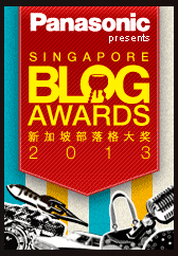|
Before there was Cappuccino, there was kopi - an age-long coffee tradition involving brewing coffee through a steep metal pot with a cotton “sock” filter. The local kopi is notorious for its sweetness. The water-filtered coffee is then mixed with condensed and evaporated milk and sugar. While the younger crowds have begun to swoon over the latest, not to mention overpriced - cafes, the old-timers still swear by the good-old affordable cup of kopi. Located at Block 10 on North Bridge Road in Singapore is Heap Seng Leong, a traditional coffeehouse whose authenticity in both its decor and coffee has made it an important icon in understanding the beginnings of Singapore’s coffee history. While sipping away slowly at the coffee, Heap Seng Leong also plays songs reminiscent of a bygone era of mandarin music. The best thing about drinking a cup of kopi at Heap Seng Leong is an appreciation for how the place has withstood the test of time. The walls are stained with soot as no air vents are installed; a coin-operated payphone sits beside plastic snack containers, and the customers all seem to happy to chat for hours at a time with regulars who walk into the stall looking for their daily fix of coffee just the way they’ve always liked it. At a small counter next to the abacus, which served as the cash register. Taking it easy and chatting for hours in a place where time hardly moves. Such coffeeshops used to be the center of life for many Singapore neighborhoods. You can sit at the coffeeshop and watch the old men sitting around for hours, drinking beer and talking, playing a game of checkers. Over here, you won’t find a 4 or 5-digit $ coffee machine or a barista who provides you with latte art. Instead, the uncle clad in his singlet and pyjamas, serves up his speciality coffee accompanied by two slices of kaya-butter toast for a reasonable price of $2.50. The kopi sock master's workstation. Scrapping toast the old-fashioned way, with the sharp edges of the lid of an evaporated milk can. A typical kopi also uses three teaspoons of condensed milk and a bit of evaporated milk, as opposed to the fresh milk typically used in cappuccinos and lattes. I think that in twenty years' time, it will be hard to find someone who is still pulling a cup of kopi through the sock. Kopi sock masters are a dying breed. Enjoy them while they are still around! Old aluminium pots constantly being heated. In the past, coffee makers wore pyjamas to assure their bosses that they weren’t stealing money largely because the coins would make a loud clatter if placed in the baggy pockets. The place itself is kitschy and is really like a throw back to bygone coffee shop days with regulars engaged in chit chat. Special thanks to kopi sock master, Mr Shi Pong Hsu (above) who is in his 70s for allowing me to take portraits of him when he was making a steady stream of coffee at Heap Seng Leong kopitiam.
This coffeshop has fantastic ambiance, old style music in the background when drinking kopi in style. When you take into account the steamed slices of kaya-topped bread, a phalanx of elderly men sitting nearby, slowly sipping their kopi, the sounds of a sleepy morning slowly rousing around me in the kopitiam, there was, indeed, something special at the old school coffeeshop. This a definitely the type of small neighborhood business that deserves your support. Just as coffee in a modern cafe has a variety of names, so does kopi at these old coffee shops. The lingo has been adopted and acquired through the ages, which includes a smattering of several languages conjoined together. Frankly, it took me some years to fully understand and master the below glossary that will help you order like an insider at an old school coffeeshop. 1. Kopi - Kopi is the very basic black coffee accompanied with sweetened condensed milk, evaporated milk and sugar. This is usually remains unstirred so that customers can adjust the taste of their coffee to their desired sweetness. 2. Kopi-O – The equivalent of a black coffee, kopi-O is served with sugar without any sweetened condensed milk and evaporated milk. 3. Kopi Kosong – Kosong is a Malay word for ‘empty’. Simialr the kopi-O, kopi kosong is a variation enjoyed particularly for hardcore coffee drinkers which consist of black coffee without milk or sugar. 4. Kopi-C – A less sweet variation of the original kopi, kopi-C consists of evaporated milk and sugar, and no condensed milk. 5. Kopi Peng – If Singapore’s weather is getting in your way of grabbing a good coffee, this iced coffee is a good choice for you. Peng is the Chinese word for ice, an easy way to remember this is to remember the sound of ice-cubes make when they being hit against each other. 6. Kopi Gao – Gao is the Chinese word for thick. Kopi gao consist of an extra shot being served with the regular dosage of kopi topped up with condensed milk. 7. Kopi Siu Dai – If you enjoy kopi but can’t get pass the intense sweetness, ordering a kopi siu dai would decrease the amount of condensed milk the vendor would usually use. 8. Kopi C Siu Dai – To take the sugar down a further notch, ordering a kopi-C siu dai would do the trick. Like kopi-C, it does away with the condensed milk and also decreases the amount of evaporated milk and sugar. 9. Kopi Gah Dai - Unless you have an extremely sweet tooth, kopi gah dai is one you do not want to reckon with. This concoction consists of kopi served with extra sweetened milk would give you a more a sugar high than an actual caffeine high to perk up your day. It also should be noted that you can order tea the same way. Teh is Singapore’s version of local tea and is made in a similar way to Kopi except that it uses ceylonese tea leaves. Simply replace the word ‘kopi’ with ‘teh’ and the variations will be in order.
2 Comments
Sebastian Lai
27/11/2015 02:22:33 pm
Jennifer, great information and pictures on your blog. Really bring backs the old memories, when I was helping out as a "Kop Kia" when I was a small boy.
Reply
Philip
17/9/2017 02:24:03 pm
Hi Jennifer, I am interested to use one of coffee shop photos for a small drama, possible to get high res photo from you?
Reply
Leave a Reply. |
Author
|

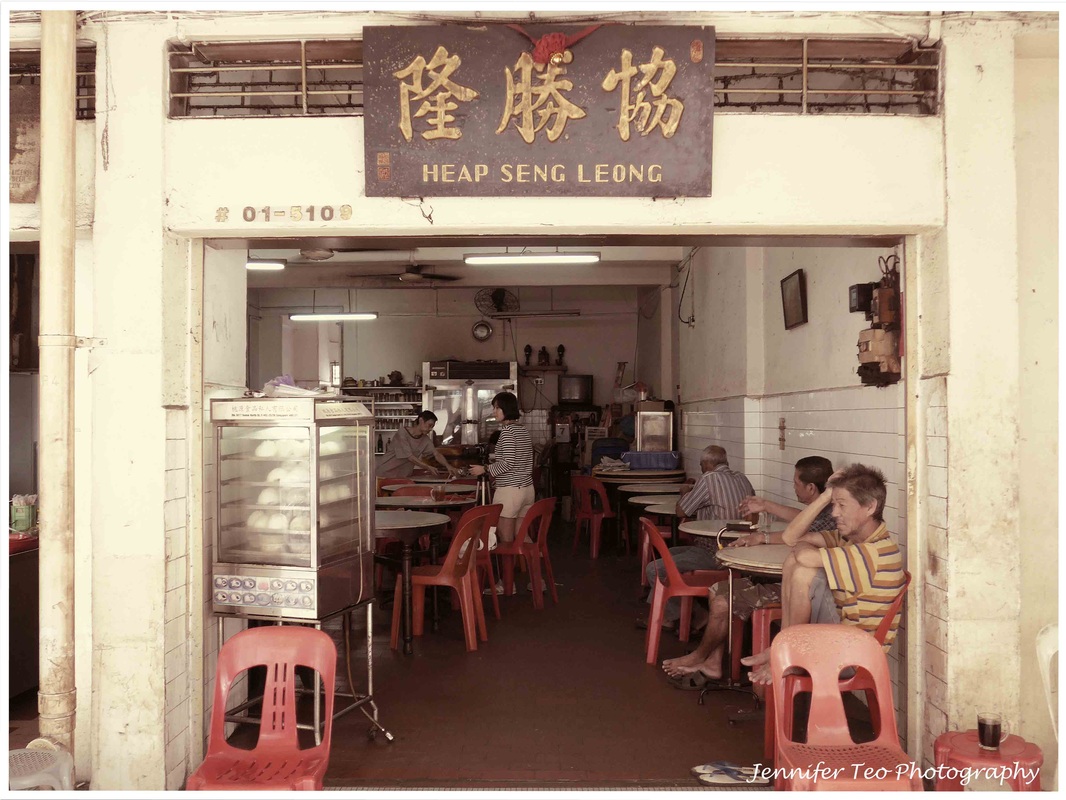
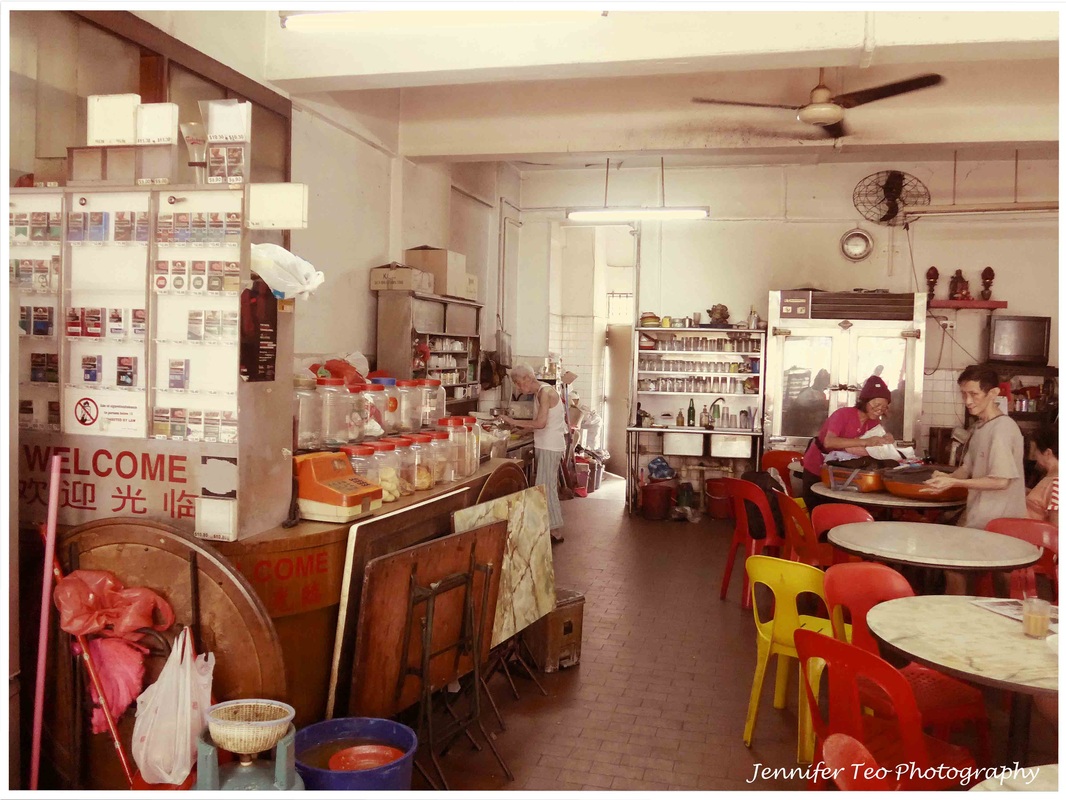
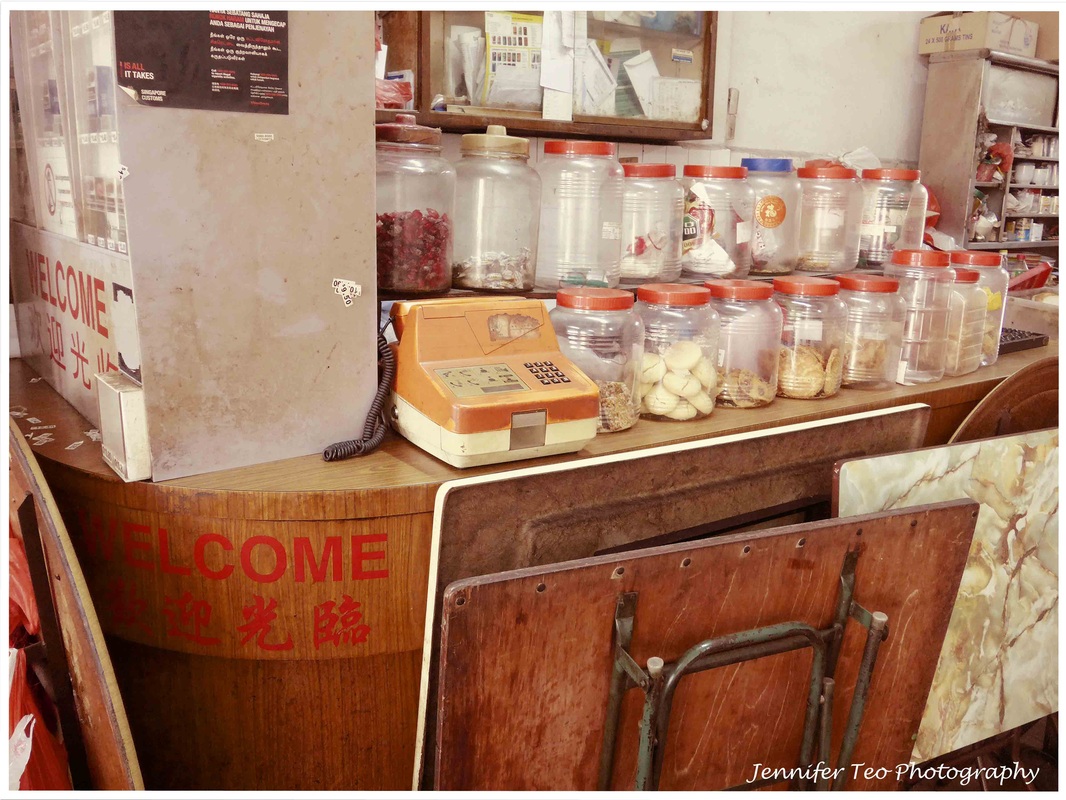

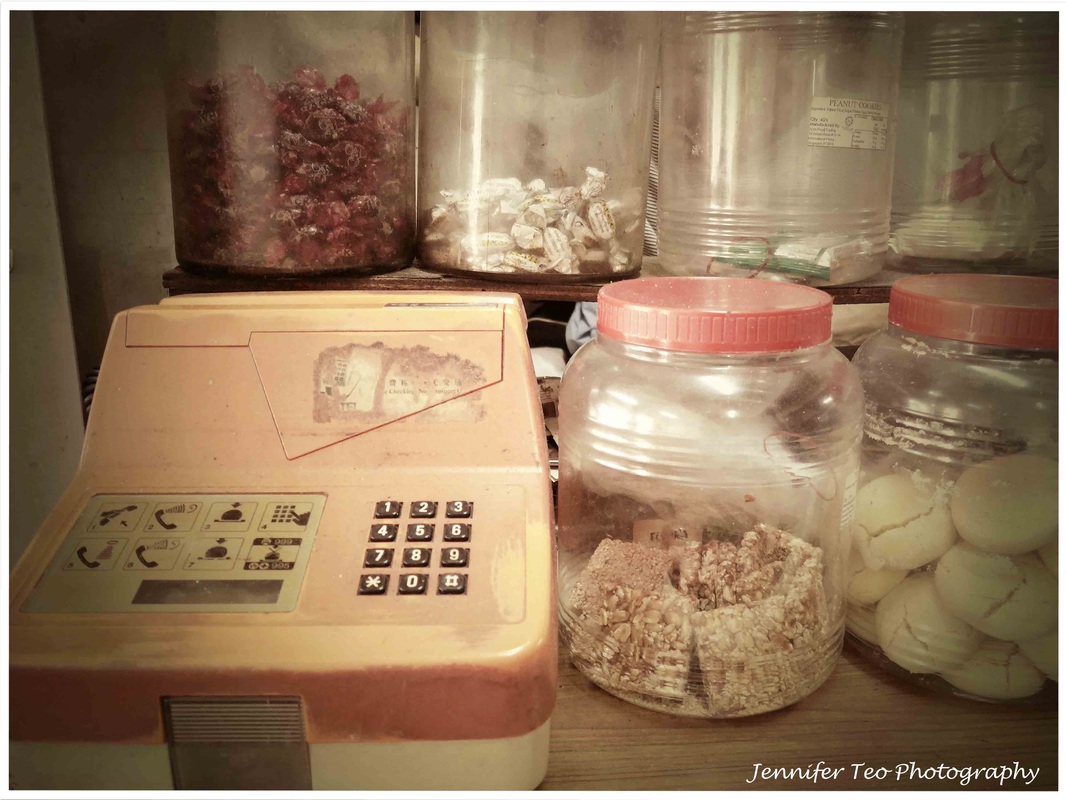
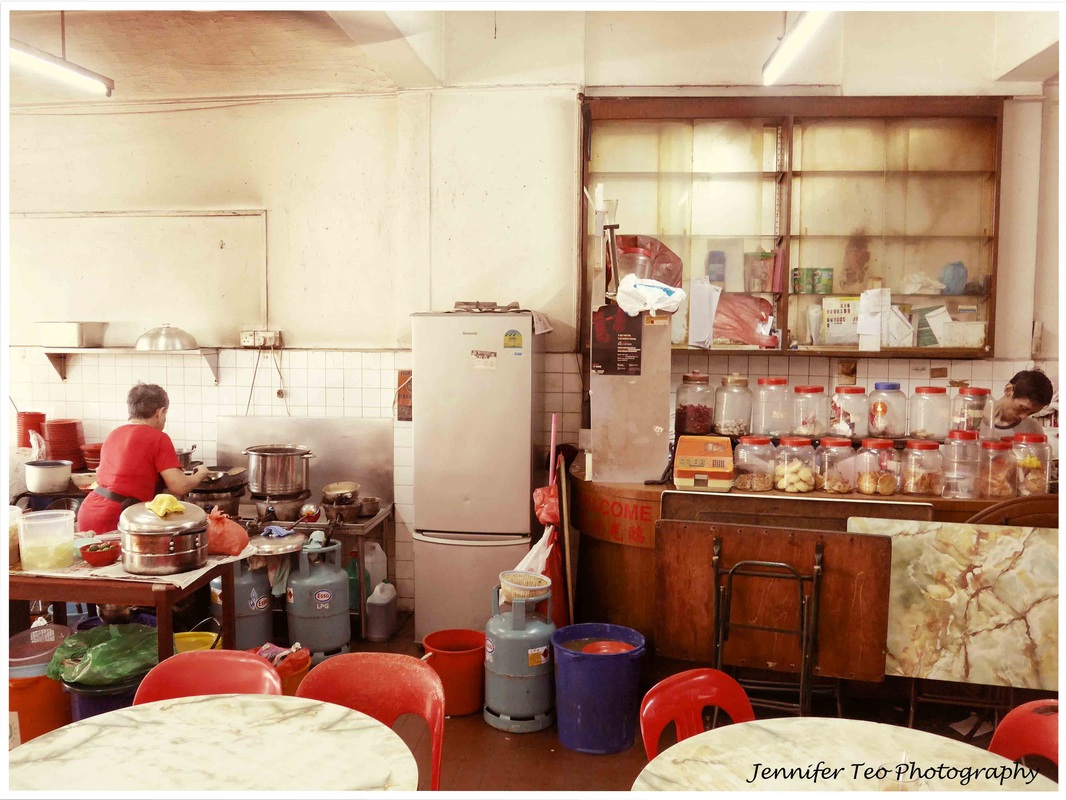
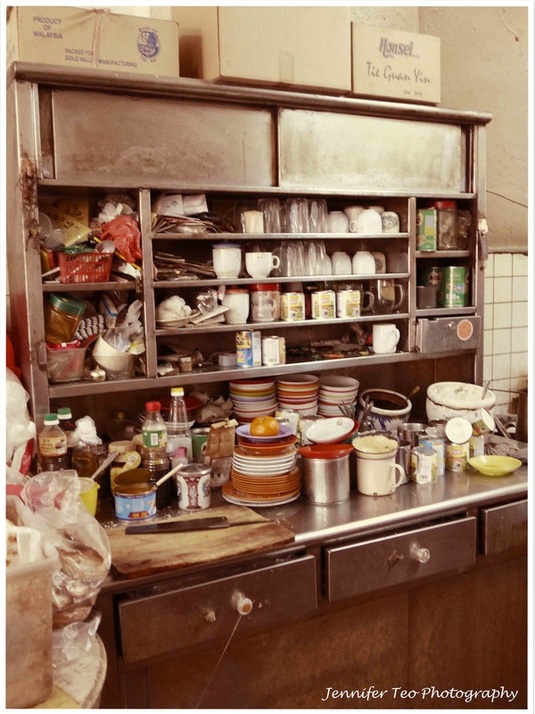
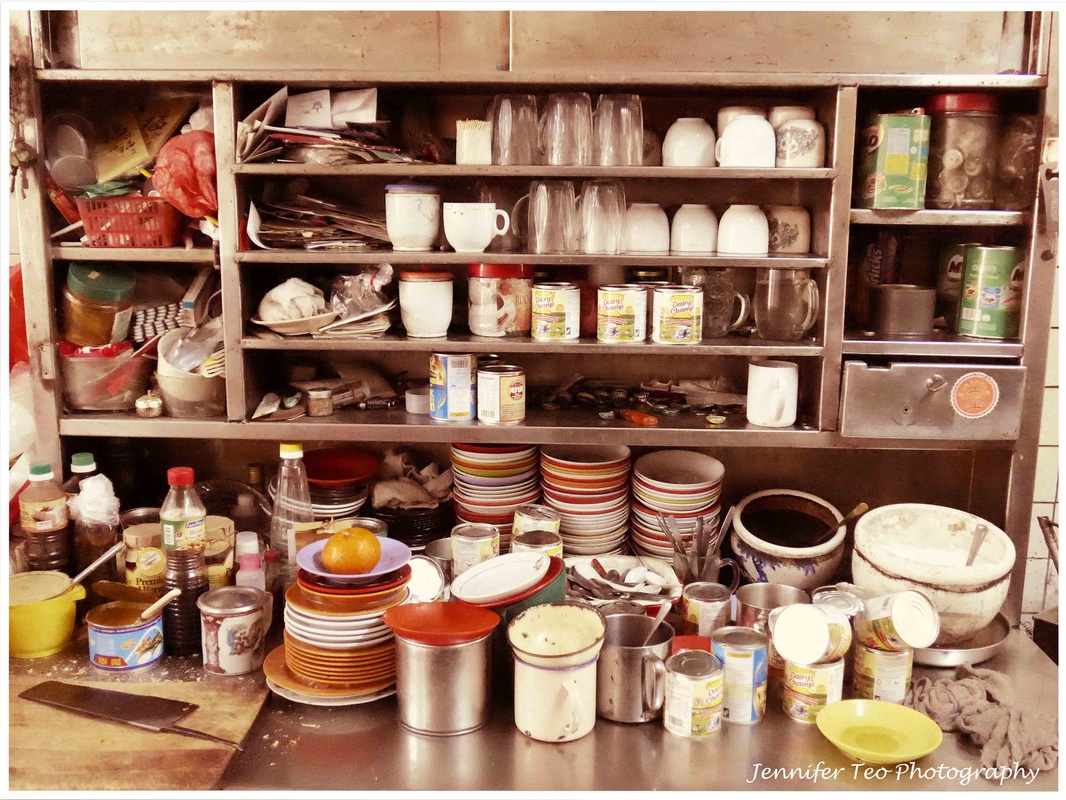
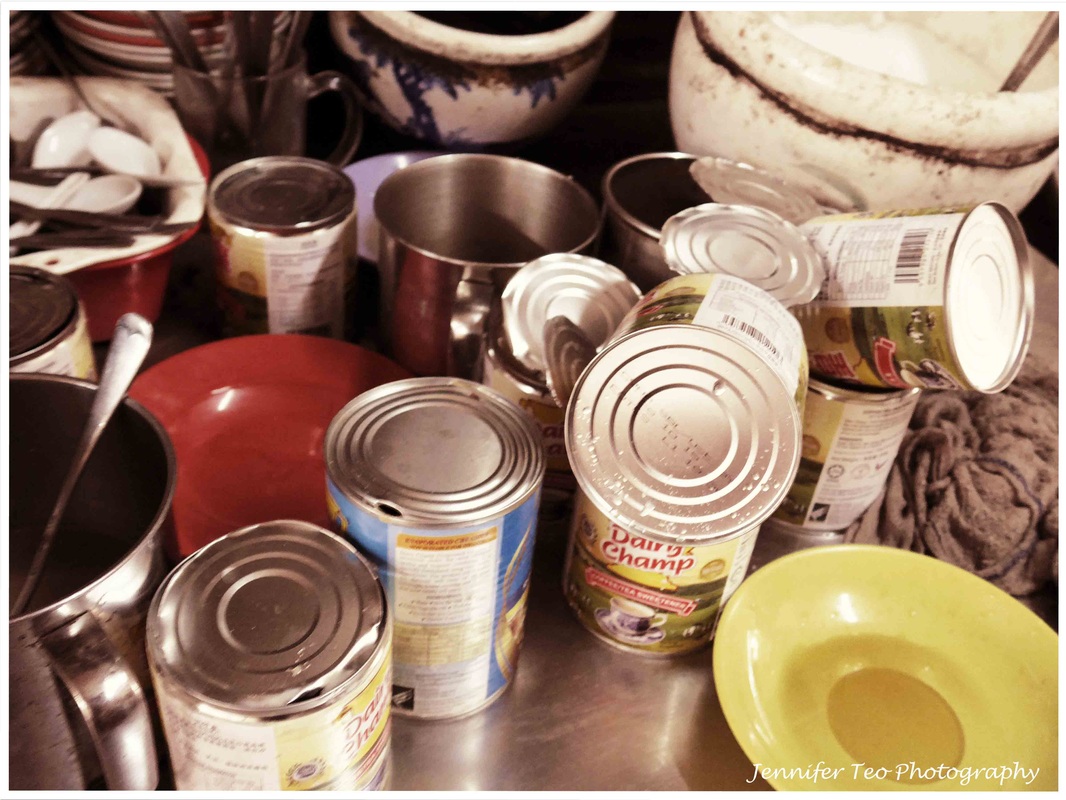
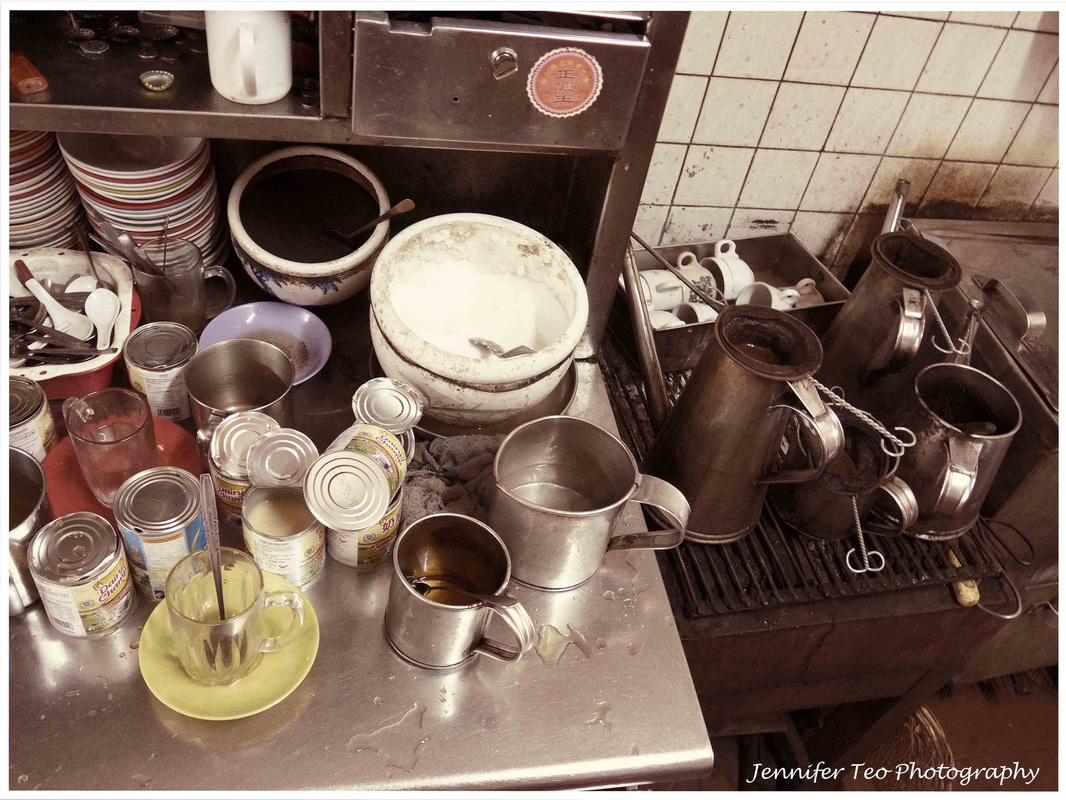
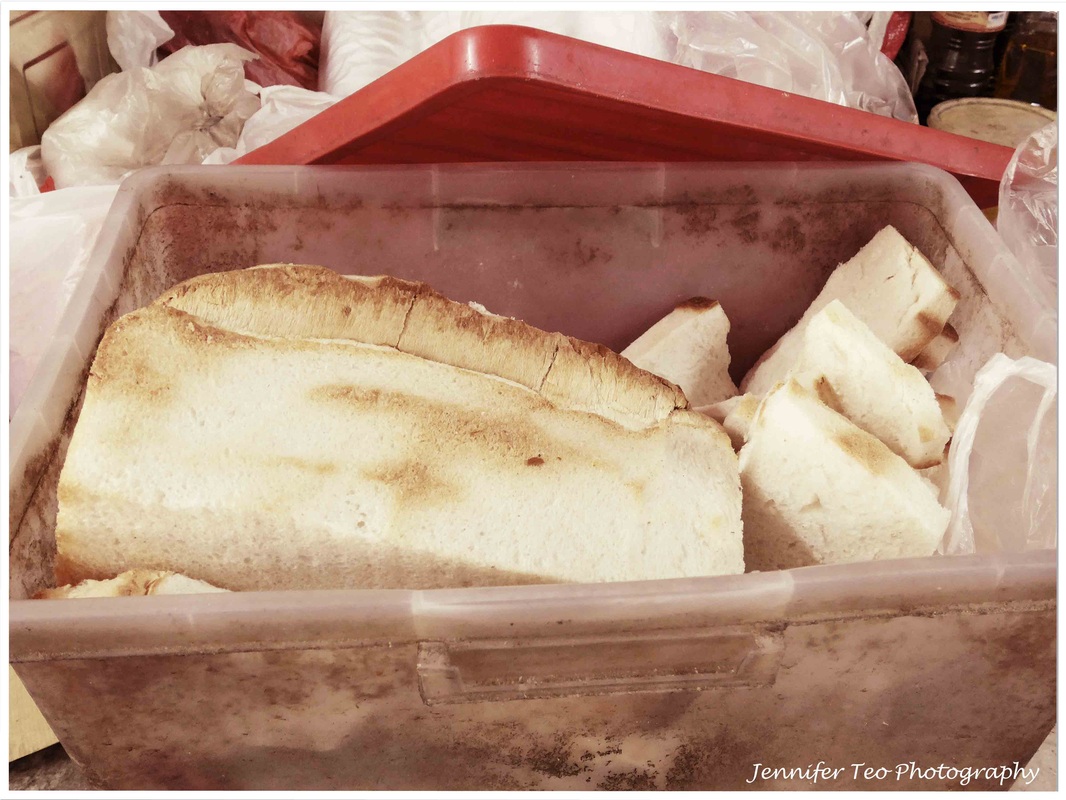
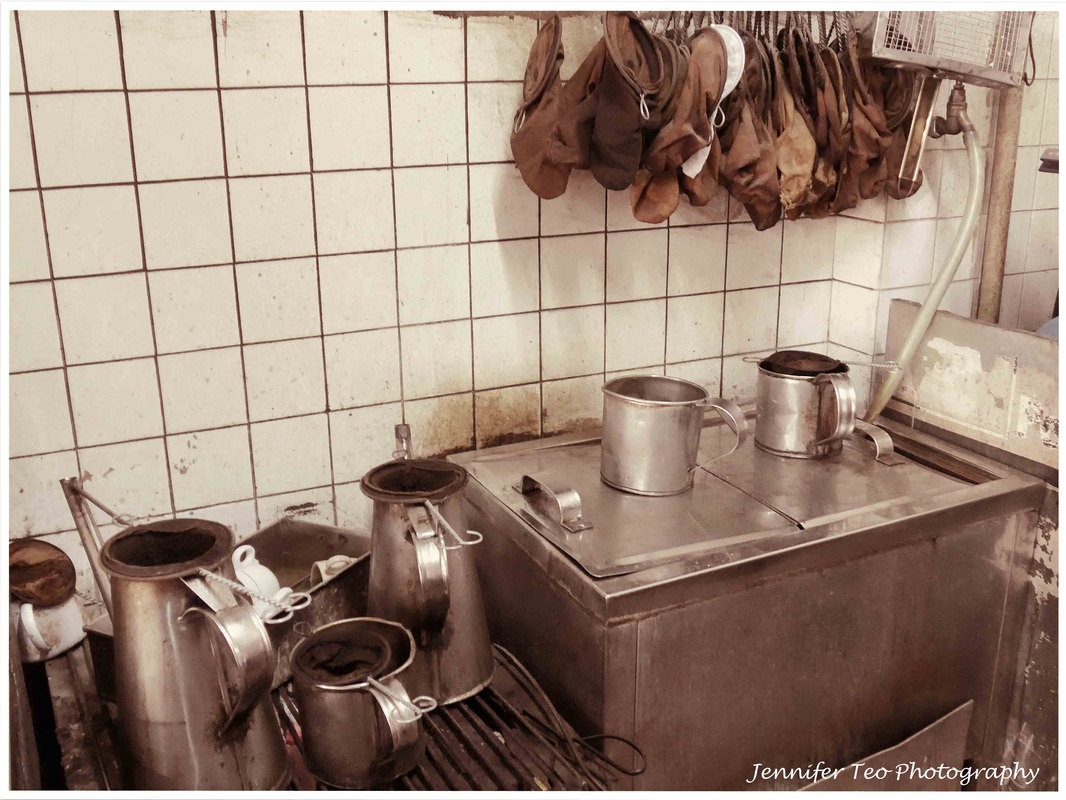
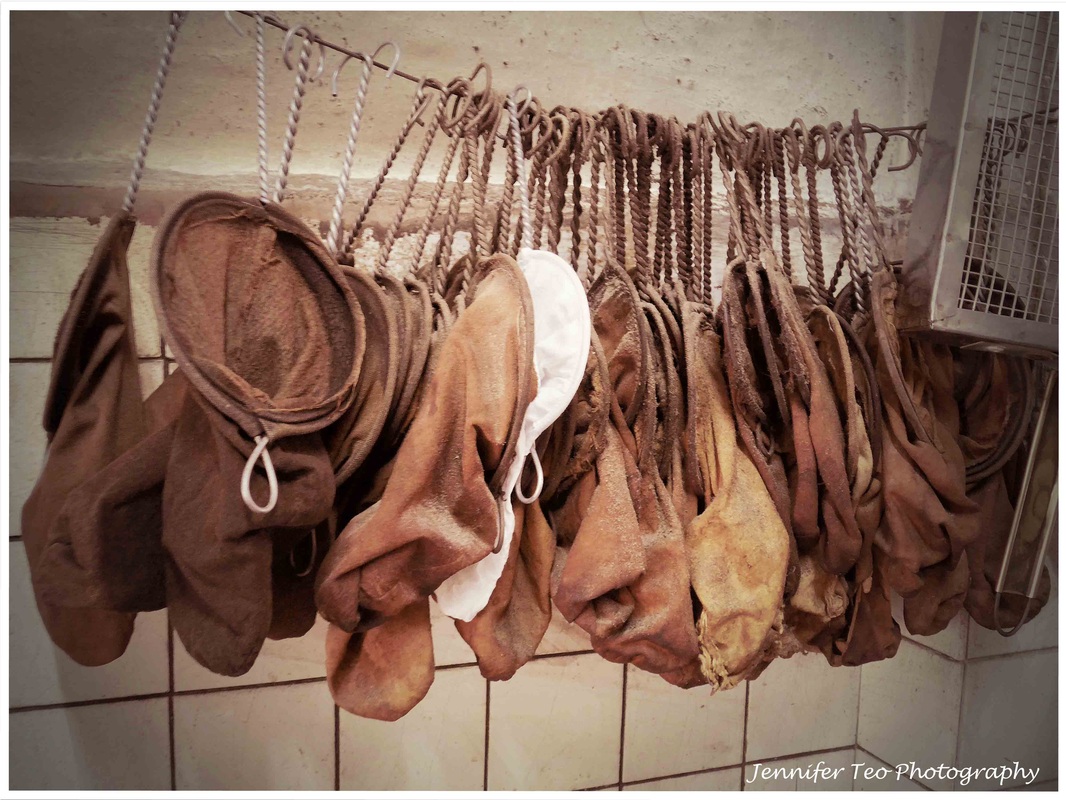
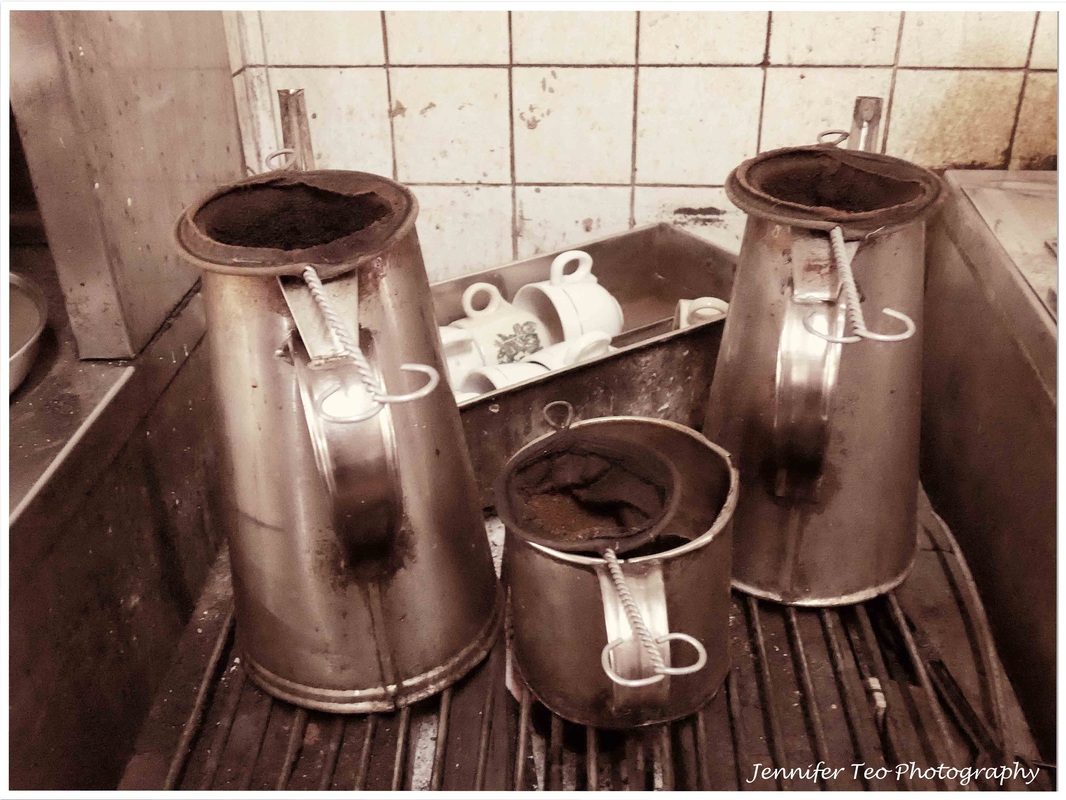
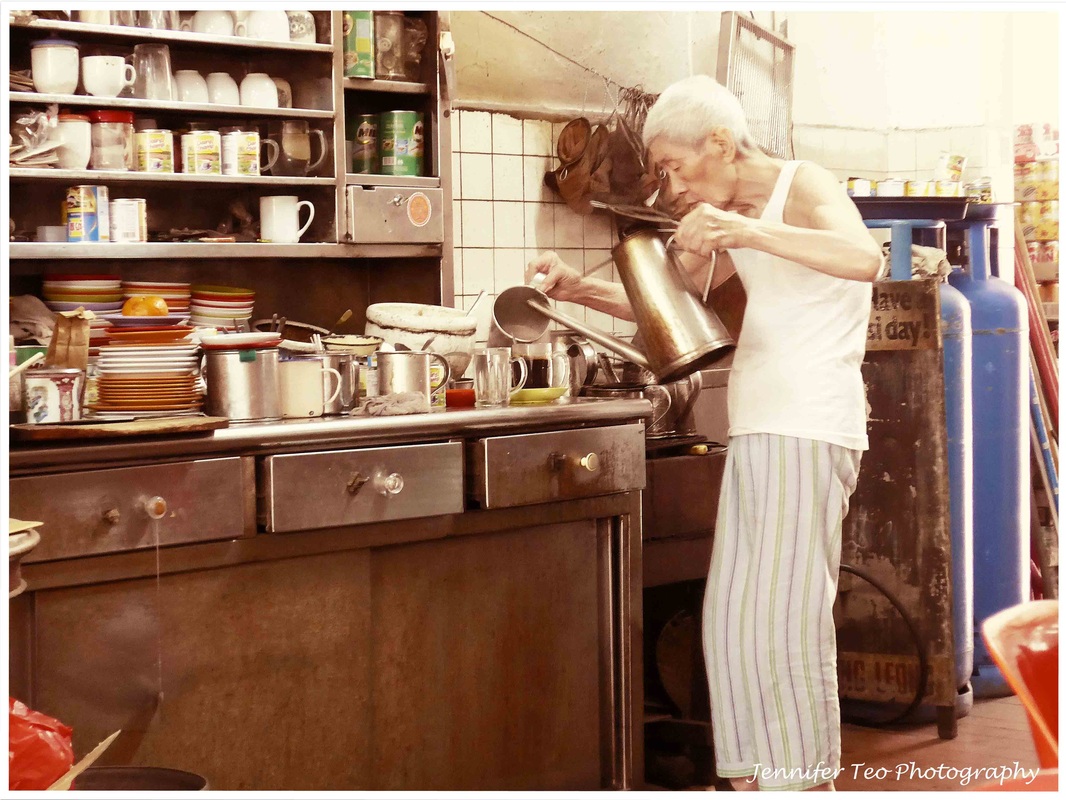
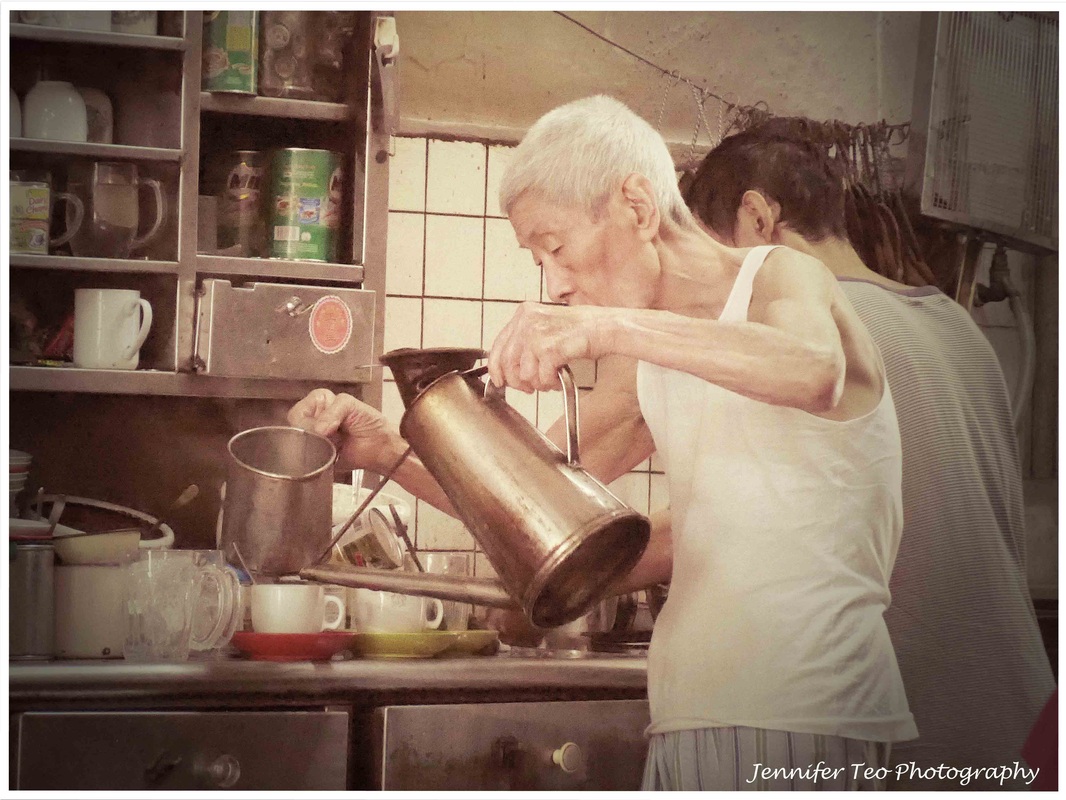
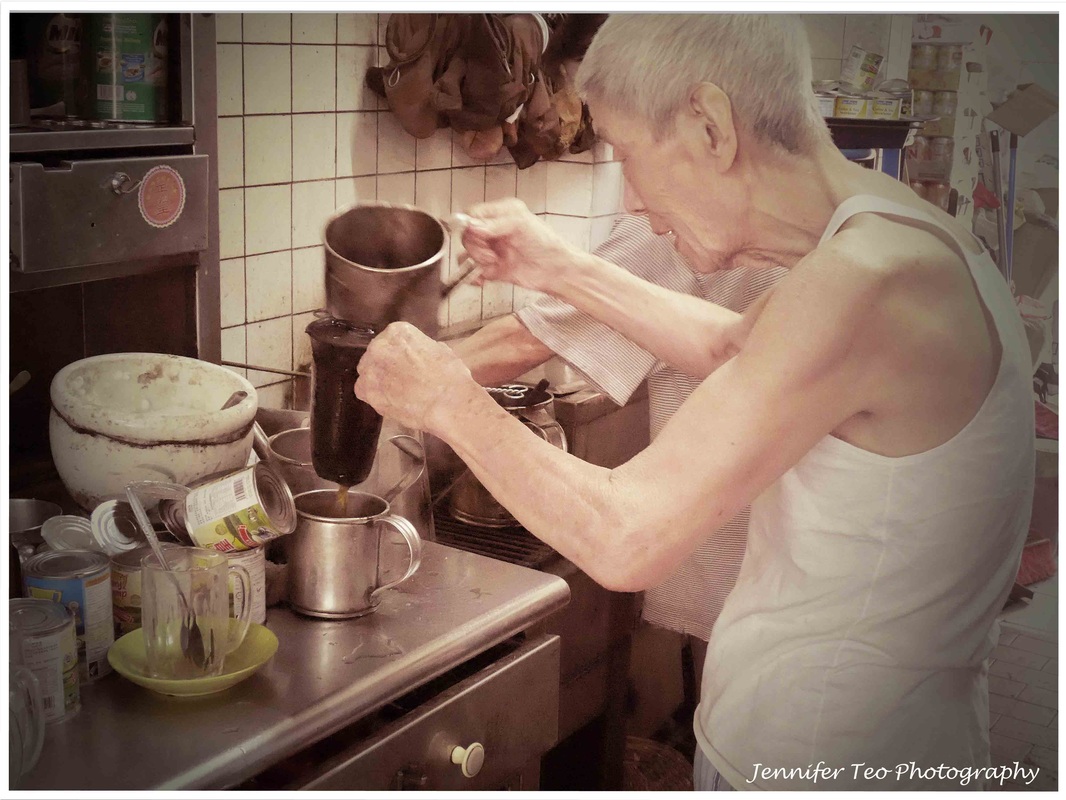
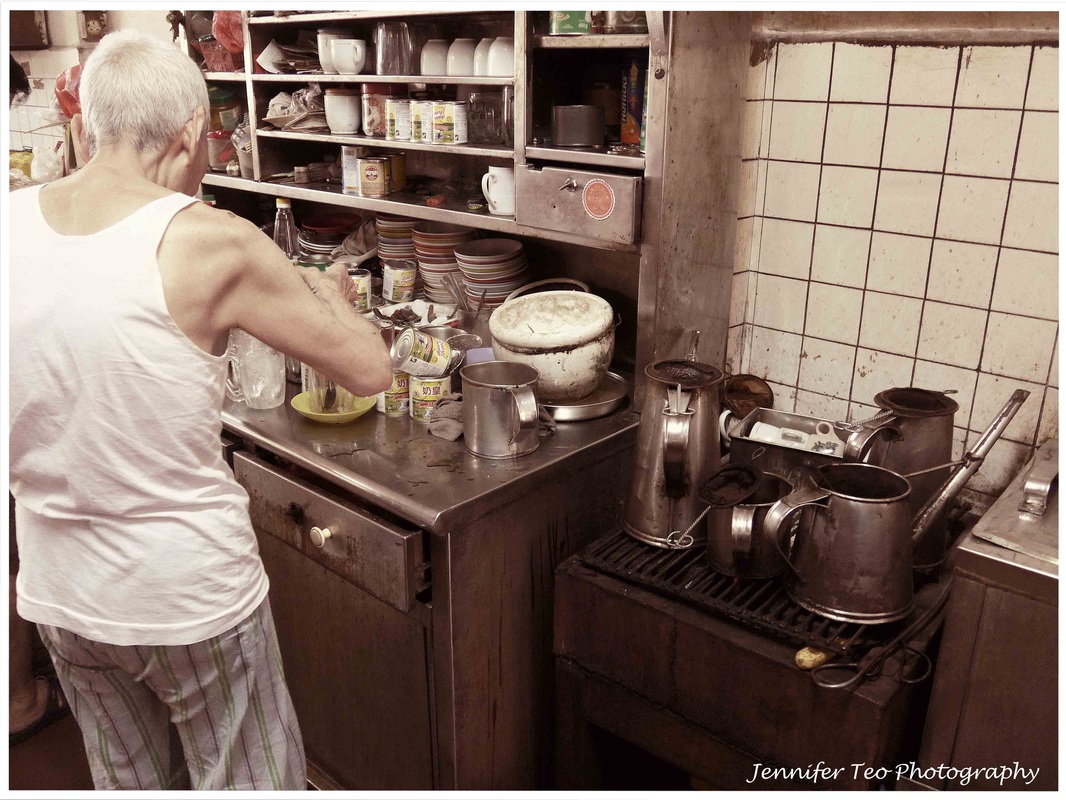
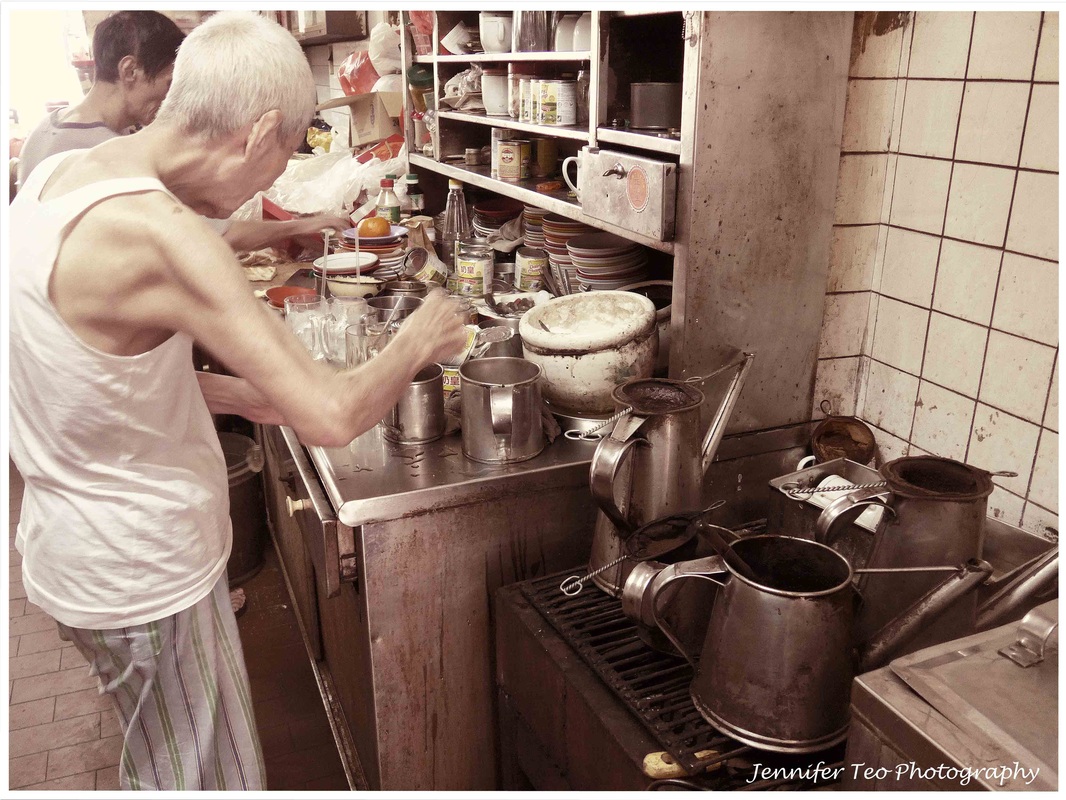
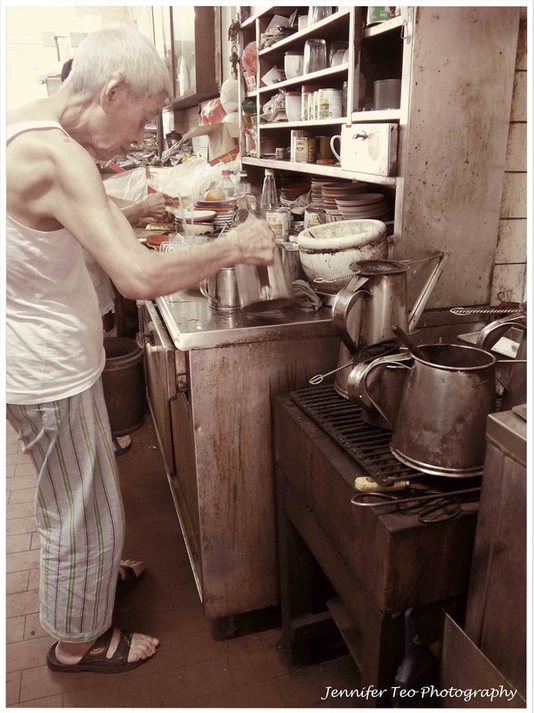
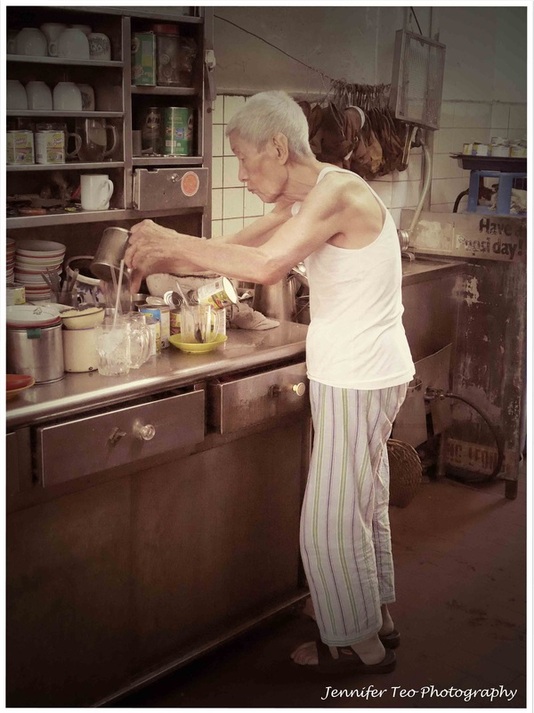
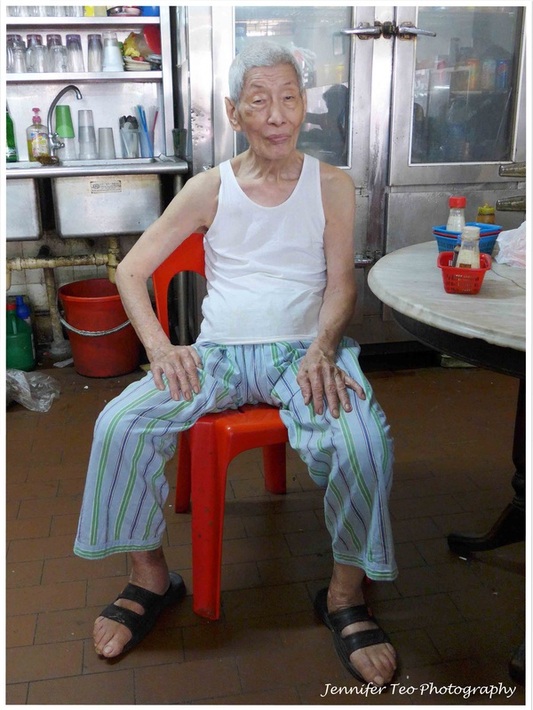

 RSS Feed
RSS Feed






